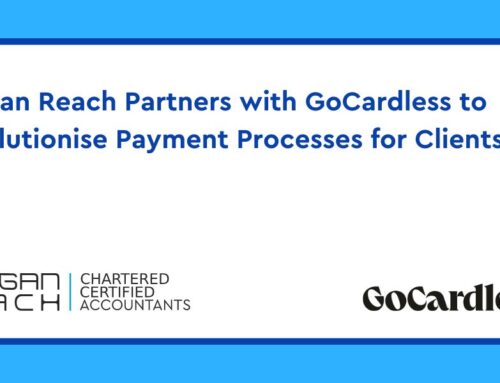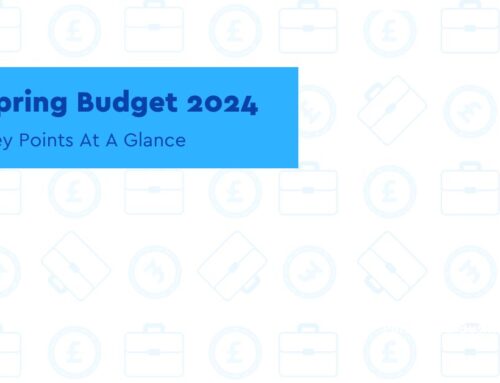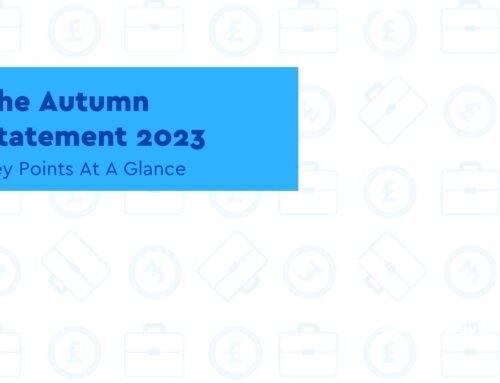What is the aim of the RLS?
- To enable UK businesses who have been affected by the Covid-19 pandemic to access Government backed loans from accredited lenders.
When does the RLS open?
- It opens on 6th April 2021 and will run until 31st December 2021.
What type of business is eligible for the RLS?
- Sole traders, Corporations, Limited Partnerships, Limited Liability Partnerships.
- Co-operatives and Community Benefit Societies.
- Any other legal entity carrying out business activity in the UK through a business bank account.
- Businesses which have already had a Coronavirus loan, such as through the Bounce Back Loan Scheme (BBLS) or the Coronavirus Business Interruption Loan Scheme (CBILS) or the Coronavirus Large Business Interruption Loan Scheme (CLBILS), can still apply, although in certain circumstances, it might limit the amount you may borrow under RLS.
What is the business eligibility criteria?
- The business must have been affected by the Covid-19 pandemic.
- It must be a UK based business which generates more than 50% of its turnover from UK trading activity.
- It must be engaged in trading activity in the UK at the time the business draws down on the RLS facility.
- It must not be in collective insolvency proceedings.
- It must have a viable business proposition. The lender has the discretion to disregard any concerns over the short to medium term business performance due to the Covid-19 uncertainty.
What must the loan be used for?
- It can be used for any legitimate business purposes for example cash flow, investment or growth.
What is the amount a business can borrow?
- Subject to certain criteria being met, up to a maximum of £10 million (£30 million for a Group).
- The minimum amount is £1,000 for asset and invoice finance and £25,001 for term loans and overdrafts.
What is the time frame to pay back the loans?
- Term loans and asset finance – between 3 months to 6 years.
- Overdrafts and invoice finance – between 3 months and 3 years
What type of finance facility is available?
- Term loans
- Overdrafts.
- Invoice finance.
- Asset finance.
- Subject to meeting the eligibility and affordability criteria, a business can avail themselves of more than one of those finance facilities.
What are the terms of the loan?
- The business is always a 100% liable for the debt.
- The Government provides the lender a guarantee against the outstanding balance of the RLS facility.
- If the borrowing is £250,000 or less the lender won’t take any form of personal guarantees (PG).
- If the borrowing is in excess of £250,000, it is at the lenders discretion to take PG.
- Any PG is capped at 20% of the outstanding RLS facility, net of business asset proceeds.
- No PG can be held over a principal private residence.
- Businesses are required to meet the costs of interest payments and any fees associated with the RLS facility.
- The annual effective rate of interest, upfront fee and other fees cannot be more than 14.99%.
What criteria will the lender use to work out the RLS facility?
- The maximum loan facility is the lesser of £10 million or:
- Double the business wage bill for 2019 or last year.
- 25% of the applicant’s turnover in 2019.
- The applicant’s liquidity needs for the coming 12 months (for large businesses) or 18 months (for SMEs).
- Where a business, or any of its connected businesses or partner enterprises have borrowed under the CBILS or the CLBILS, it counts toward the maximum that can be lent under RLS.
- The lender will apply its own discretion on whether the business passes the affordability test.
Can a business refinance their BBLS, CBILS, CLBILS or other existing commercial facility?
- Yes – subject to meeting the minimum RLS facility and eligibility criteria.
- Important to note as regards BBLS and CBILS, any remaining Business Interruption Payment entitlement would have to be foregone as part of the refinancing.
- BBLS borrowers should note that borrowers protection and scheme eligibility differs between that and RLS.
What might the lender require to support your RLS application?
- Management accounts.
- Business plan.
- Historic accounts.
- Details of assets
Who are the accredited lenders?
- They can be found on the British Business Bank website as per the link below:
Recovery Loan Scheme: current accredited lenders – British Business Bank (british-business-bank.co.uk)
Further Notes
- The lender will carry out standard credit and fraud checks.
- The lender will also execute anti–money laundering and Know Your Customer (KYC) checks.
- If your application is rejected by one lender there is nothing to stop you approaching another accredited lender.
- If there is a better commercial loan deal in comparison to the RLS, the lender should make you aware of it.
Get in touch
If you would like to know more about the scheme and how your business can benefit from this scheme, please contact us today. Our business growth experts are here to help you guide through these challenging times.







